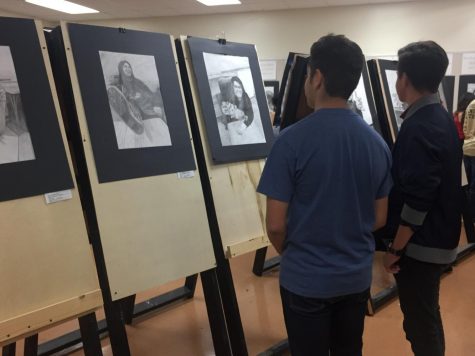FrankenMonkey
This monkey head transplant procedure was performed by Dr. Sergio Canavero. He hopes to perform another in 2017 on a man with a rare paralysis condition. He believes that “Gene therapy has failed. Even if they come now, for these patients there is no hope. You have to give them a new body because even if you take care of the cord, you’re going nowhere.”
January 28, 2016
In 2014, Dr. Sergio Canavero declared that he would perform a head transplant surgery in the next couple of years, on a man with a rare paralysis condition.
Although the news made quite the breakthrough, there are flaws as to whether the procedure would be effective. The primary question isn’t whether the surgery would be successful- but rather, what consequences would follow? According to New Scientist reporter Sam Wong, Canavero announced to have performed a successful monkey head transplant this past year.
The most controversial part of a head transplant is being able to reconnect a crucial nerve like the spinal cord. A chemist-based source gave way to a chemical called polyethylene, or PEG, which has the ability to preserve nerve cell membranes. Although PEG can keep the nerves fresh, it doesn’t guarantee the success of them being able to rejoin.
As both monkeys were of the same species- one head was extracted from the first, cooled to 15 degrees Celsius, and then placed on the other with no mention as to what happened with the second monkey. When questioned about the status of the subject, Canavero replied, “The monkey fully survived the procedure without any neurological injury of any kind.” Yet, the subject was only kept alive for 20 hours after, for “ethical reasons.”
The monkey head transplant was not Sergio’s first project; he also performed a mouse head transplant in 2013. Both the mouse and the monkey were announced to have been put down soon after, without clear follow-ups of their conditions following the procedure. If Dr. Sergio Canavero were to focus on ethical reasoning, he would realize that performing head transplants, whether on mice, monkeys, or soon enough, people- could result in a possibility of bringing many to their graves.









![The U.S. Army is funding research for a nasal spray that may possibly prevent suicide. Dr. Michael Kubek from the Indiana Medical Institute and his team have found that TRH can be released into the human brain more effectively through a spray, in comparison to injections or pills. Dr. Ken Duckworth, medical director for the National Alliance on Mental Illness, shares, the phase directly after starting an antidepressant is a very vulnerable time frame in a patients life; the nasal spray would stabilize them right away, while they wait for the [antidepressants] to do their job.](https://dalquestnews.org/wp-content/uploads/2017/01/Action_photo_of_nasal_spray_on_a_black_background-316x475.jpg)

